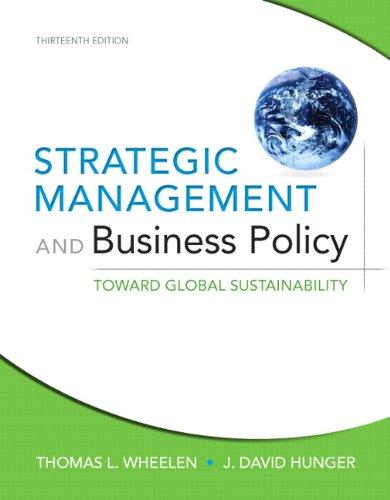Question
Consider the following national-income model. Y = AE (1) AE = C + I 0 + G 0 (2) C = C 0 + bY
Consider the following national-income model.
Y = AE (1)
AE = C + I0 + G0 (2)
C = C0 + bY 0 < ? < 1 (3)
(a) Remaining in parametric form (do not sub in parameter values), build the equation for total spending AE (also known as aggregate demand).
(b) Continuing in parametric form, find the RFE for equilibrium national income Y* (also known as equilibrium national output).
(c) Using the parameter values C0 = 25, b = 0.75, I0 = 50, and G0 = 25, find the total spending equation.
(d) Solve for the numeric value of Y*.
(e) Sketch a graph depicting this model. Label well.
(f) In 2-5 sentences, explain what will happen if this economy produces at an output level greater than its equilibrium level.
(h) Find the multiplier for this economy.
(i) Use the multiplier to find the new equilibrium level of national income if G0 decreases to 15.
Step by Step Solution
There are 3 Steps involved in it
Step: 1

Get Instant Access to Expert-Tailored Solutions
See step-by-step solutions with expert insights and AI powered tools for academic success
Step: 2

Step: 3

Ace Your Homework with AI
Get the answers you need in no time with our AI-driven, step-by-step assistance
Get Started


